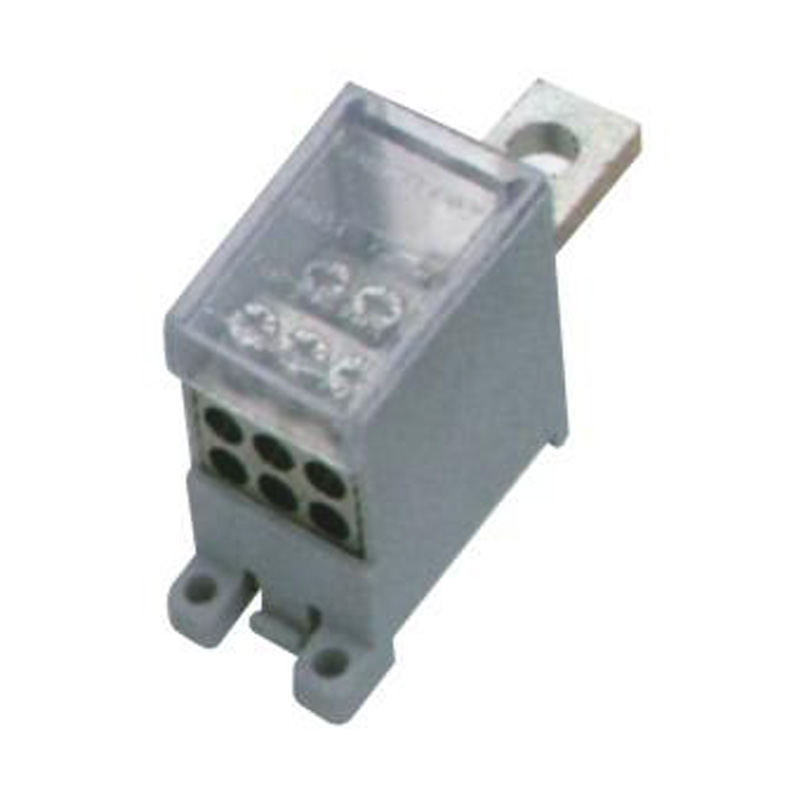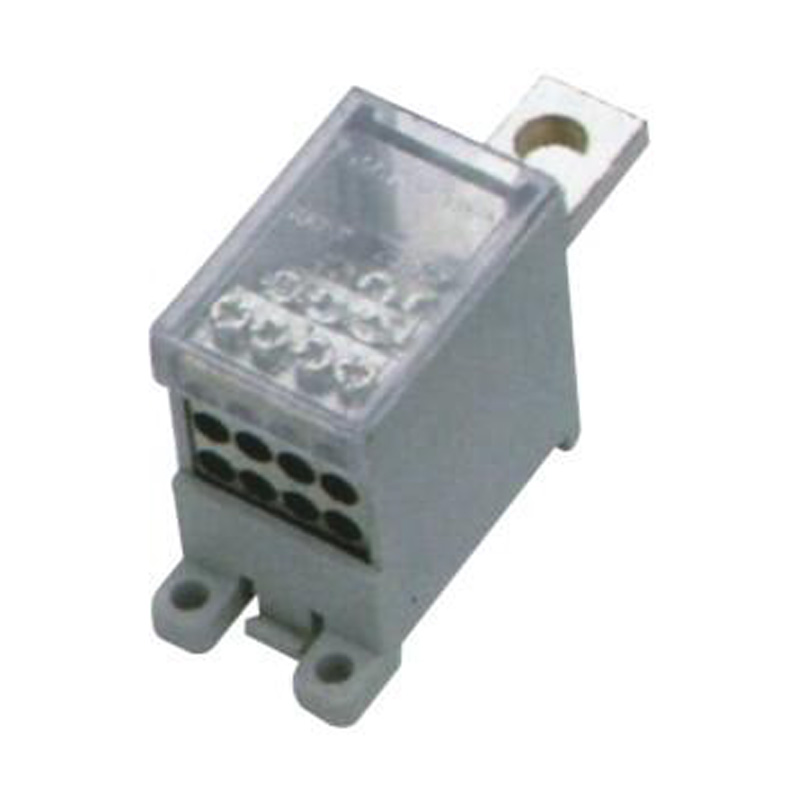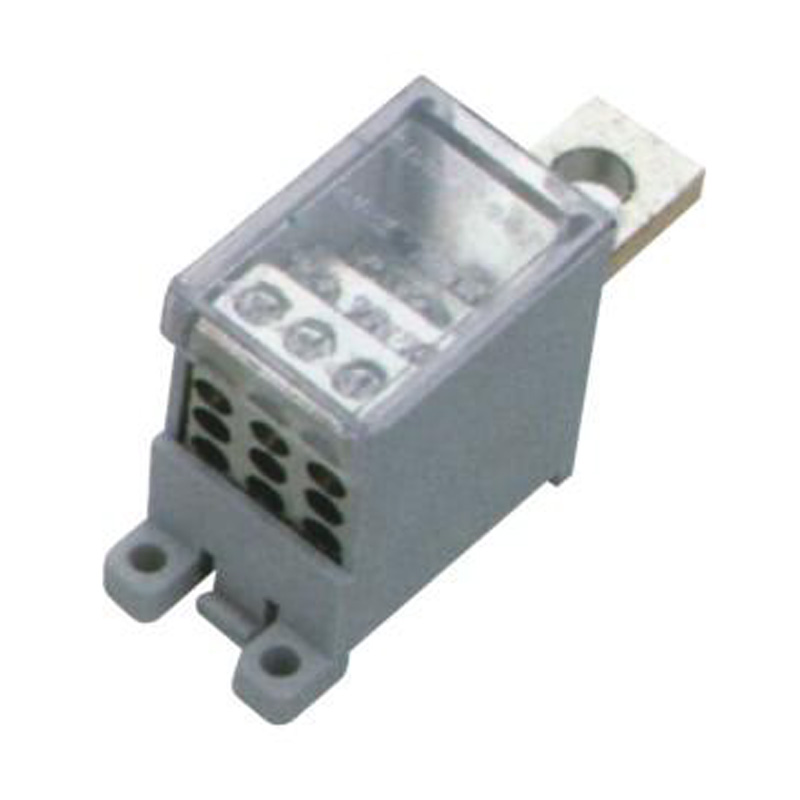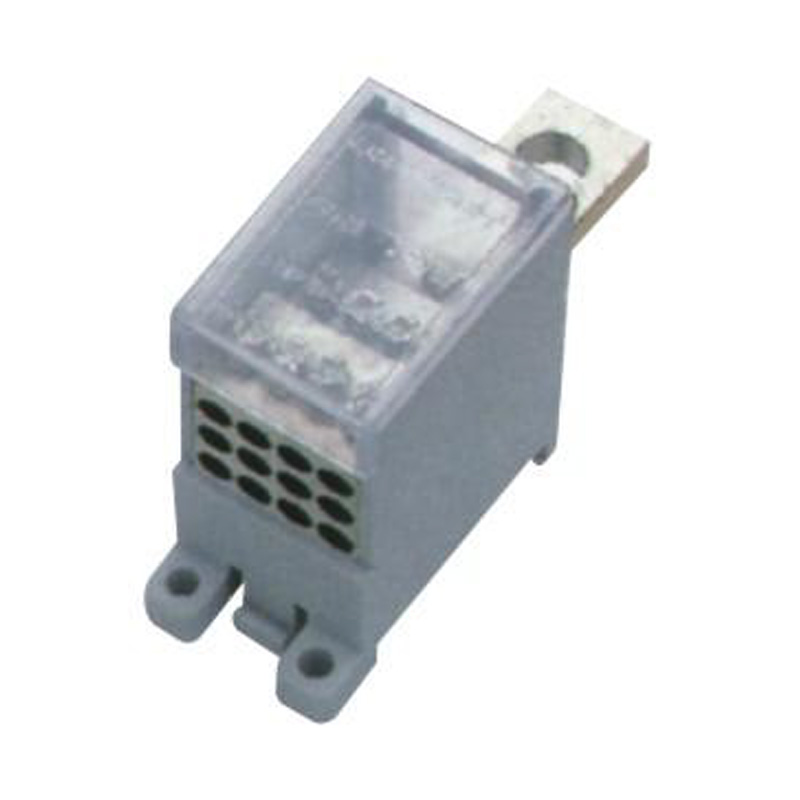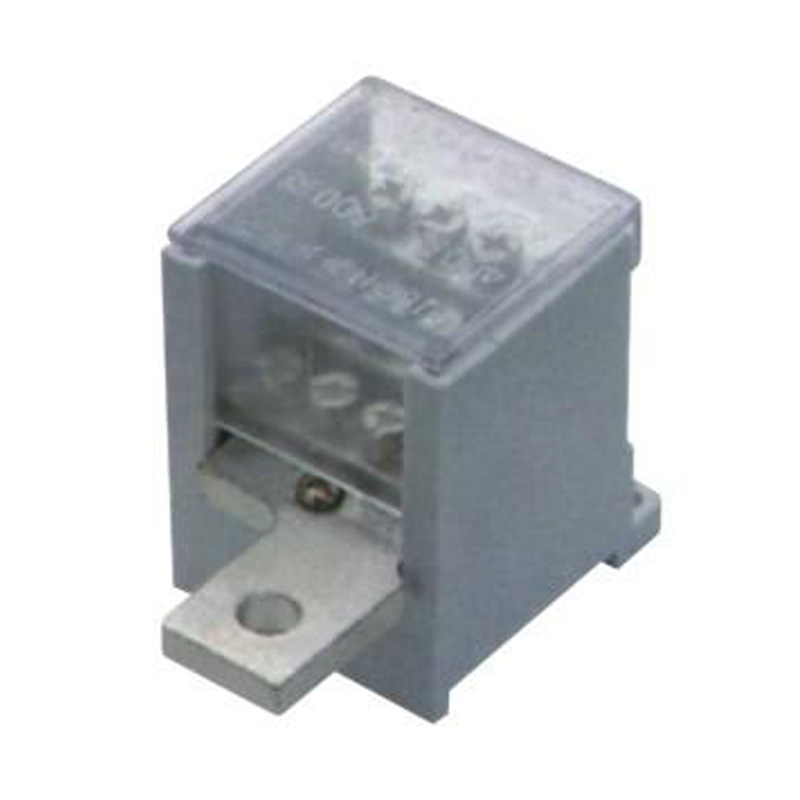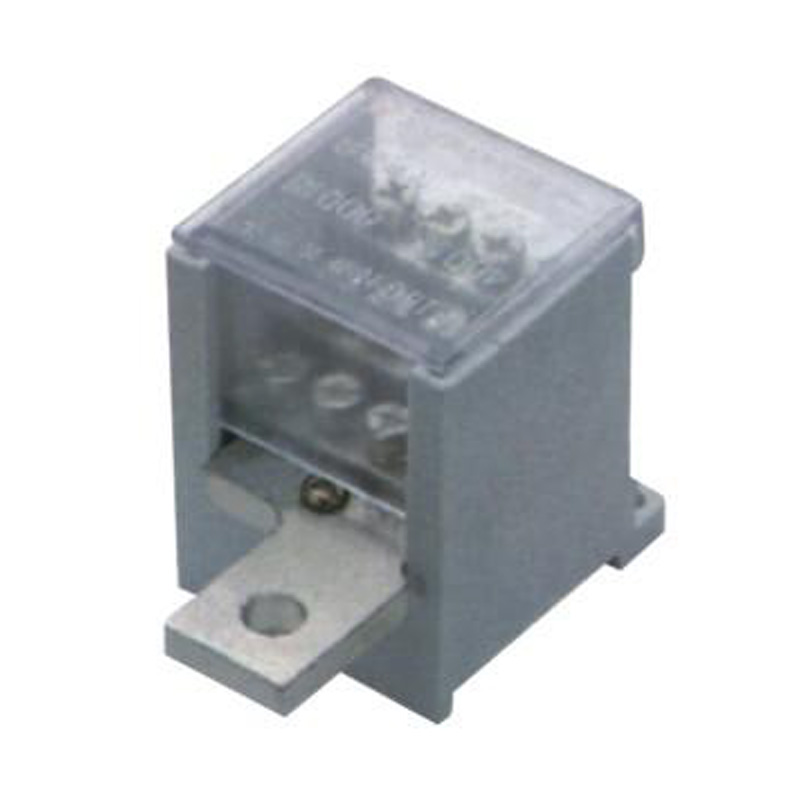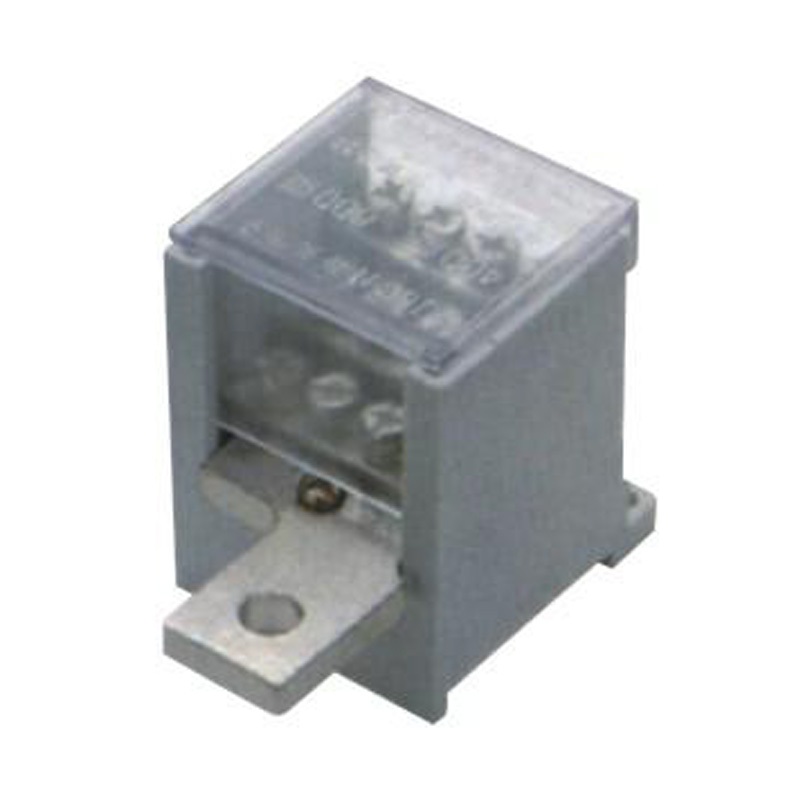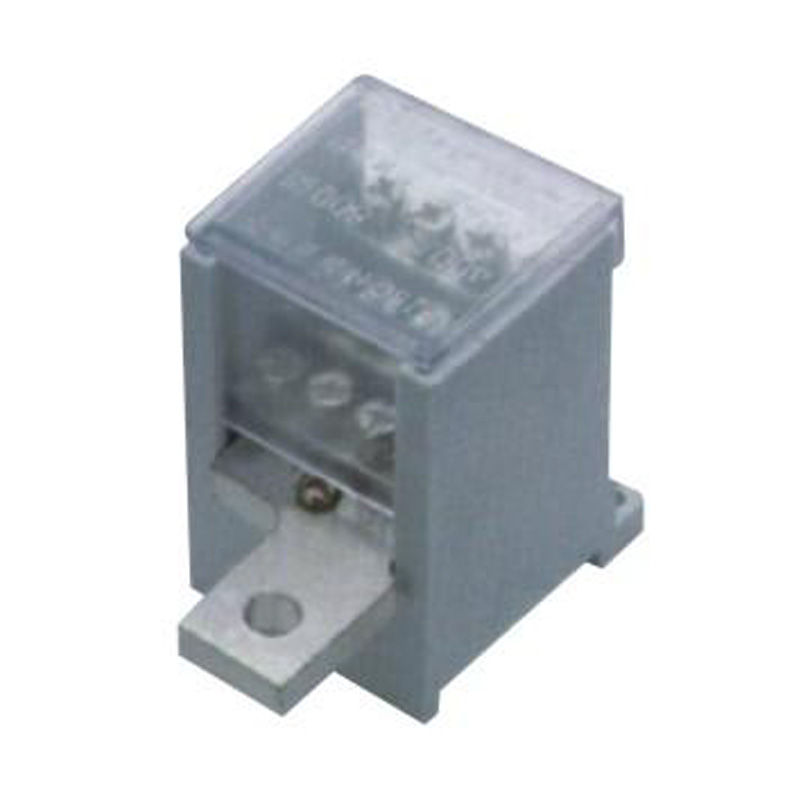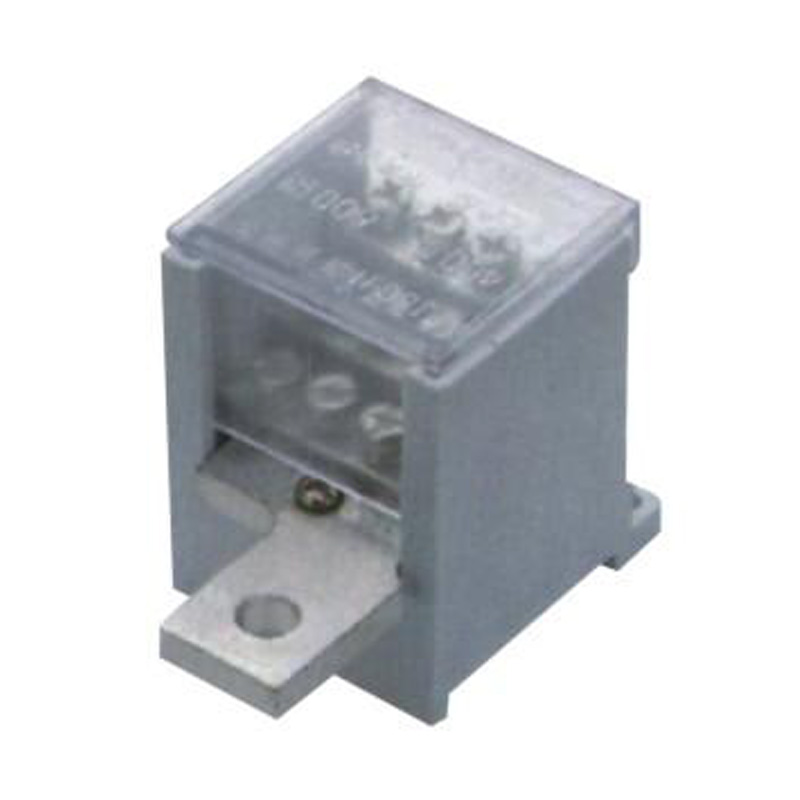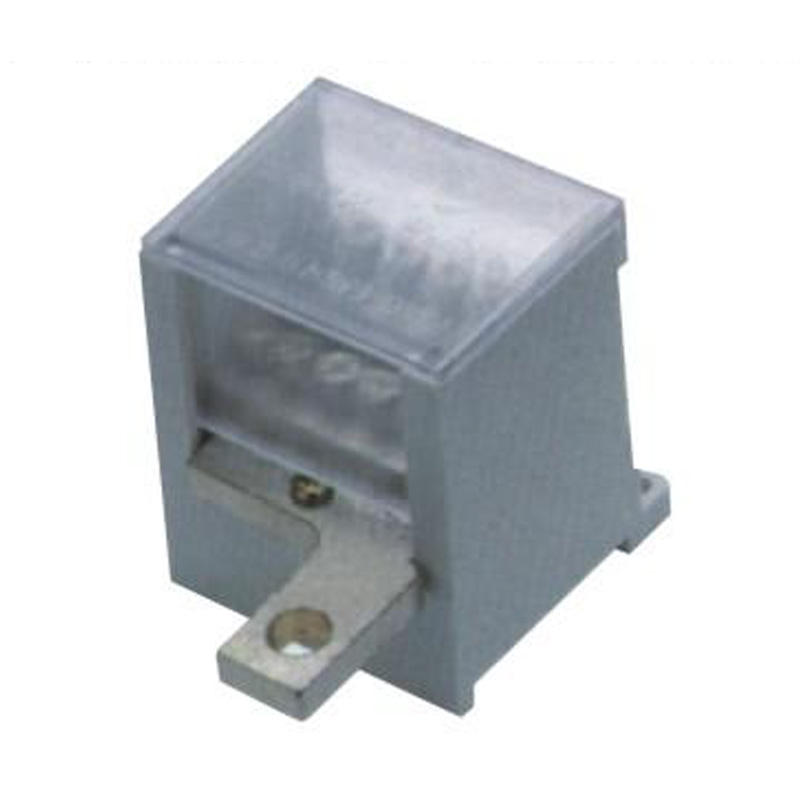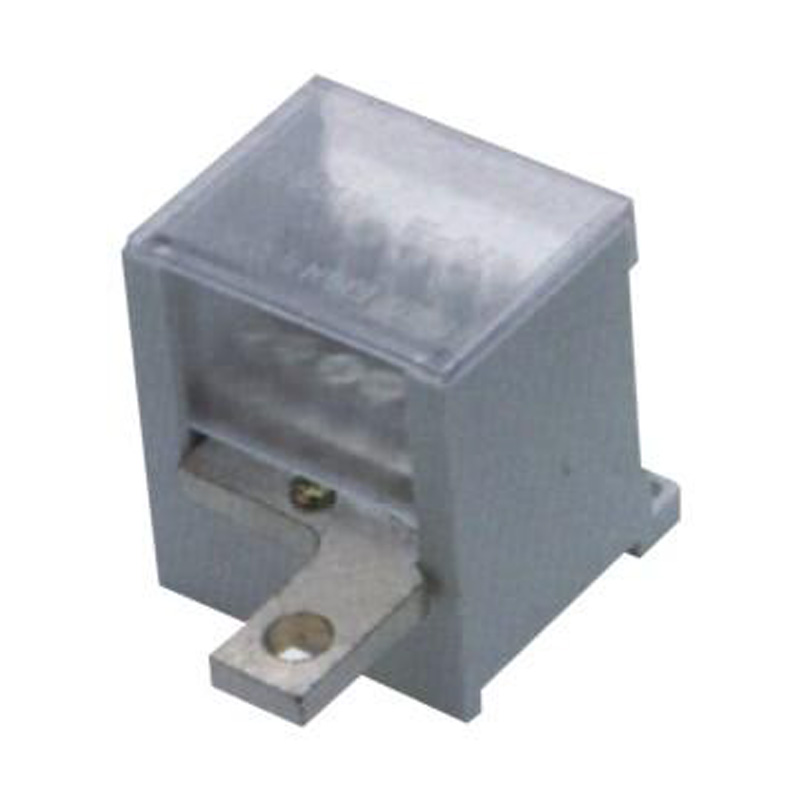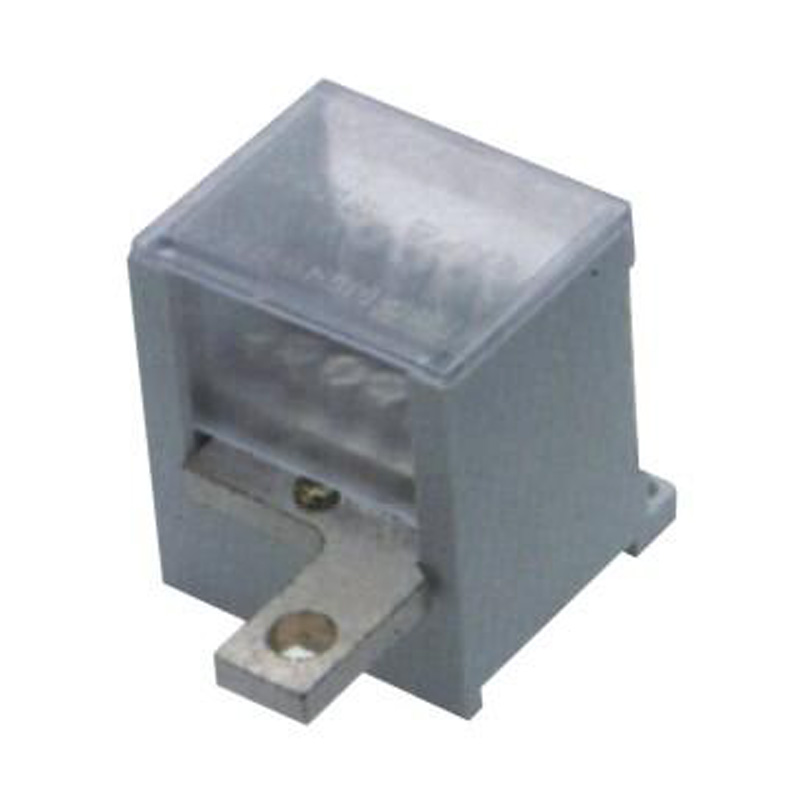In modern electrical control panels, a dual row terminal block combined with Din Rail Terminal Blocks provides an efficient soluti...
READ MOREConvenient Connection Terminal Block Manufacturer
Convenient Connection Terminal Blocks are professionally used for creating quick, reliable, and easy-to-install electrical connections in a wide range of applications. These terminal blocks are specifically designed to simplify the wiring process, making them ideal for use in control panels, distribution boards, and other electrical systems where ease of installation and maintenance are critical.
These terminal blocks feature a user-friendly design that allows for easy insertion and removal of conductors, ensuring secure connections without the need for specialized tools. The robust construction of Convenient Connection Terminal Blocks ensures durability and reliability, even under continuous electrical load and varying environmental conditions.
Convenient Connection Terminal Blocks are currently a versatile and reliable solution for managing electrical connections. They simplify the installation process by providing a quick and easy connection method, enhance system reliability through their robust design, and ensure consistent electrical performance. Their user-friendly design makes them suitable for a wide range of residential, commercial, and industrial applications where ease of use and reliability are essential for efficient operation.
FJ6N-100/10-35/6x16 Neutral LineTerminal Block
FJ6N-100/10-35/6x16
One-inlet, six-outlet
Inlet wire:10-35mm²,outlet wire:1.5-16mm²
Order number:15092
FJ6N-100/10-35/8x10 Neutral LineTerminal Block
FJ6N-100/10-35/8x10
One-inlet, eight-outlet
Inlet wire:10-35mm²,outlet wire:1.5-10mm²
Order number:150928
FJ6N-100/10-35/9x16 Neutral LineTerminal Block
FJ6N-100/10-35/9x16
One-inlet, nine-outlet
Inlet wire:10-35mm²,outlet wire:1.5-16mm²
Order number:150929
FJ6N-100/10-35/12x10 Neutral LineTerminal Block
FJ6N-100/10-35/12x10
One-inlet, twelve-outlet
Inlet wire:10-35mm²,outlet wire:1.5-10mm²
Order number:150930
FJ6N-100/10-35/8x16 Neutral LineTerminal Block
FJ6N-100/10-35/8x16(right-hand combination)
One-inlet,eight-outlet
Inlet wire:10-35mm²,outlet wire:1.5-16mm²
Order number:150931
FJ6N-100/10-35/10x16 Neutral LineTerminal Block
FJ6N-100/10-35/10×16(right-hand combination)
One-inlet, ten-outlet
Inlet wire:10-35mm²,outlet wire:1.5-16mm²
Order number:150932
FJ6N-100/10-35/12x16 Neutral LineTerminal Block
FJ6N-100/10-35/12x16(right-hand combination)
One-inlet, twelve-outlet
Inlet wire:10-35mm²,outlet wire:1.5-16mm²
Order number:150933
FJ6N-100/10-35/16x10 Neutral LineTerminal Block
FJ6N-100/10-35/16x10(right-hand combination)
One-inlet, sixteen-outlet
Inlet wire:10-35mm², outlet wire:1.5-10mm²
Order number:150934
FJ6N-100/10-35/18x10 Neutral LineTerminal Block
FJ6N-100/10-35/18×10(right-hand combination)
One-inlet,eighteen-outlet
Inlet wire:10-35mm²,outlet wire:1.5-10mm²
Ordernumber:150935
FJ6N-100/10-35/16x16 Neutral LineTerminal Block
FJ6N-100/10-35/16x16(right-hand combination)
One-inlet, twelve-outlet
Inlet wire:10-35mm²,outlet wire:1.5-16mm²
Order number:150936
FJ6N-100/10-35/18x16 Neutral LineTerminal Block
FJ6N-100/10-35/18x16(right-hand combination)
One-inlet, eighteen-outlet
Inlet wire:10-35mm²,outlet wire:1.5-16mm²
Order number:150937
FJ6N-100/10-35/24x6 Neutral LineTerminal Block
FJ6N-100/10-35/24x6(right-hand combination)
One-inlet, twenty-four-outlet
Inlet wire:10-35mm²,outlet wire:1.5-6mm²
Ordernumber:150938
Search
Categories
-
Energy Measuring Terminal Block(314)
- Energy Measuring Joint Terminal Block(16)
- Polycarbonate Energy Measuring Terminal Block(24)
- Standard Wiring Energy Measuring Terminal Block(4)
- Transparent Shell Energy Measuring Terminal Block(6)
- Multifunctional Test Energy Measuring Terminal Block(10)
- Intelligent Safety Energy Measuring Terminal Block(6)
- Single-Phase Multi-Circuit Output Terminal Block(12)
- Self-Elevating Metering Box Terminal Block(7)
- One Household One-Meter Meter Box Dedicated Terminal Block(56)
- Three-Phase Metering Box Dedicated Terminal Block(24)
- Repeatable Grounding Line Terminal Block(20)
- Terminal Block for One-Inlet Multi-Outlet Metering Box(15)
- Closed Terminal Block(11)
- Heavy Current Terminal Block(48)
- Self-Boosting Terminal Block(5)
- Intelligent Self-Locking Terminal Block(3)
- Tool-Free Crimping Type Terminal Block(5)
- Wide Range of Wire Diameters Terminal Block(5)
- Combined Type Energy Measuring Terminal Block(37)
-
Switch Terminal Block(55)
- Pin-Type Incoming Line Switch Terminal Block(4)
- Multi-Way Connection Switch Terminal Block(4)
- Plug-pin Switch Terminal Block(7)
- Combined Type Switch Terminal Block(7)
- High Contact Cross Section Switch Terminal Block(7)
- Wide Range Switch Terminal Block(11)
- One Way in Switch Terminal Block(12)
- Equipped with Circuit Breaker Switch Terminal(3)
-
Heavy-current Terminal Block(631)
- Modular Building Block Terminal Block(156)
- Spherical Non-Destructive Crimp Terminal(120)
- Dual-Mode Connection Electrical Terminal(90)
- Anti-Electricity-Theft Terminal Block(74)
- Convenient Connection Terminal Block(12)
- High-Contact Section Terminal Block(12)
- Wide Range of Wire Diameters Neutral Line Terminal(9)
- Heavy-Current Neutral Line Terminal(9)
- Upper and Lower Rows of Neutral Terminal(2)
- Independent Neutral Line Terminal(7)
- Nose-Type Neutral Line Terminal(7)
- Rail Type Neutral Line Terminal(9)
- Fixed Neutral Line Terminal(12)
- Double Rail Assembly Electrical Terminal(19)
- Blue Jack-Up Terminal(6)
- Black Base Copper Bar Terminal(5)
- Compact Terminal Block(16)
- Precision Terminal Block(23)
- U-Shaped Harpoon Terminal(2)
- Grounding Metering Box Terminal Block(12)
- High-Performance Terminal Block(19)
- Multifunctional Terminal Block(10)
- Din Rail Terminal Block(76)
- Watt-hour Meter Connector(49)
-
Energy Meter Accessories(116)
-
-
As electrical systems become more advanced, the demand for more reliable, durable, and efficient components grows. Connectors Term...
READ MORE -
Ensuring that connector terminals are properly installed is critical for the long-term performance and reliability of any electric...
READ MORE -
Selecting the correct terminal is essential for the stability and efficiency of any electrical system. For professionals in the el...
READ MORE -
Electrical systems rely on high-quality components for safe, efficient, and reliable operation. One such crucial element is the co...
READ MORE -
Using the right junction box and circuit breaker block junction box can bring more than safety — it can significantly improve inst...
READ MORE
How to Prevent Corrosion on Convenient Connection Terminal Blocks?
1. Environmental Control is the Line of Defense. The goal is to minimize the terminal block's exposure to corrosive elements. This means prioritizing indoor, climate-controlled environments for panels and enclosures. When exposure is unavoidable—such as in marine applications, food processing plants, or outdoor installations—the selection of the enclosure becomes critical. Choose enclosures with a high Ingress Protection (IP) rating (e.g., IP65 or higher) to seal out moisture and dust. For particularly harsh environments containing chemical vapors, specialized materials like fiberglass or stainless steel enclosures may be necessary.
2. Material Selection Matters. Not all terminal blocks are created equal. The base metal and its plating determine corrosion resistance. For standard applications, terminal blocks with nickel or tin-plated brass contacts offer good protection against oxidation. In highly corrosive salt-air environments, specify terminal blocks made with 316-grade stainless steel components, which offer resistance. Similarly, using pre-tinned copper wire (where the strands are coated in a solder alloy) prevents the copper from oxidizing, maintaining a cleaner connection point than bare copper.
What Are the Practices for Wiring DPDT Switch Terminals?
A Double-Pole/Double-Throw (DPDT) switch is a versatile component that acts like two separate Single-Pole/Double-Throw (SPDT) switches controlled by a single actuator. This allows it to control two independent circuits, reverse motor polarity, or select between two power sources. Correct wiring is paramount for it to function as intended.
1. Thoroughly Understand the Terminal Layout. Before touching a wire, study the switch. DPDT switches have six terminals arranged in two rows of three. The standard layout consists of two common terminals (often the center ones in each row), with two pairs of output terminals (often referred to as Normally Open and Normally Closed). The absolute practice is to always consult the manufacturer's datasheet for the specific terminal diagram. If a datasheet isn't available, use a multimeter in continuity mode. With the switch in one position, identify which terminals are connected. Flip the switch and note how the connections change. This "buzz-out" process confirms the internal switching logic.
2. Master the Connection Technique. The method of connection must ensure a permanent, low-resistance link.
* For Screw Terminals: Strip the wire to the exact length required to fit fully under the contact plate without any bare wire protruding. Loop the stripped end neatly clockwise around the screw shaft (so the loop tightens as you turn the screw). Ensure no stray wire strands are left outside the terminal, as these can cause short circuits.
* For Solder Terminals: Apply just enough heat to the terminal cup to allow the solder to flow smoothly and wick into the wire strands. Avoid excessive heat, which can damage the switch's internal mechanism. The goal is a bright, shiny, concave fillet of solder—not a large, blob-like joint. After soldering, always use heat-shrink tubing over the connection to provide insulation and strain relief.
How to Secure a High Amp Terminal Block?
High-amperage terminal blocks are designed to safely conduct significant current, often exceeding 50 amps. The consequences of a failure here are severe, including fire, equipment damage, and arc flash hazards. Security is achieved through precision, correct hardware, and vigilance.
1. Meticulous Preparation. Begin by verifying that both the wire gauge and the terminal block rating exceed the expected current load of the circuit. An undersized wire will overheat regardless of the quality of the connection. Strip the wire to the manufacturer's specified length precisely. Too short means the clamp isn't gripping the conductor; too long risks exposed copper outside the block. For stranded wire, ensure all strands are neatly contained. Some high-end applications recommend crimping a ferrule onto fine-stranded wires to prevent strands from fraying and ensure a good, solid connection under the clamp.
2. The Principle of Calibrated Torque. Over-tightening a set screw can strip the threads, crack the terminal block housing, or even severely deform the copper wire, creating a point of high resistance. Under-tightening creates a loose connection that will arc and overheat. The solution is to use a calibrated torque screwdriver and follow the manufacturer's specified torque value (usually given in Newton-meters or Inch-Pounds). This is the single effective step for creating a good, reliable connection.
3. Managing Thermal Cycling and Vibration. Electrical systems expand when hot and contract when cool. This thermal cycling can cause connections to gradually loosen over time. After the initial installation and subsequent few cycles under full load, it is critical to perform a thermal re-torque. Power down the system completely, allow it to cool, and re-check the tightness of all high-current connections.



 English
English Español
Español عربى
عربى